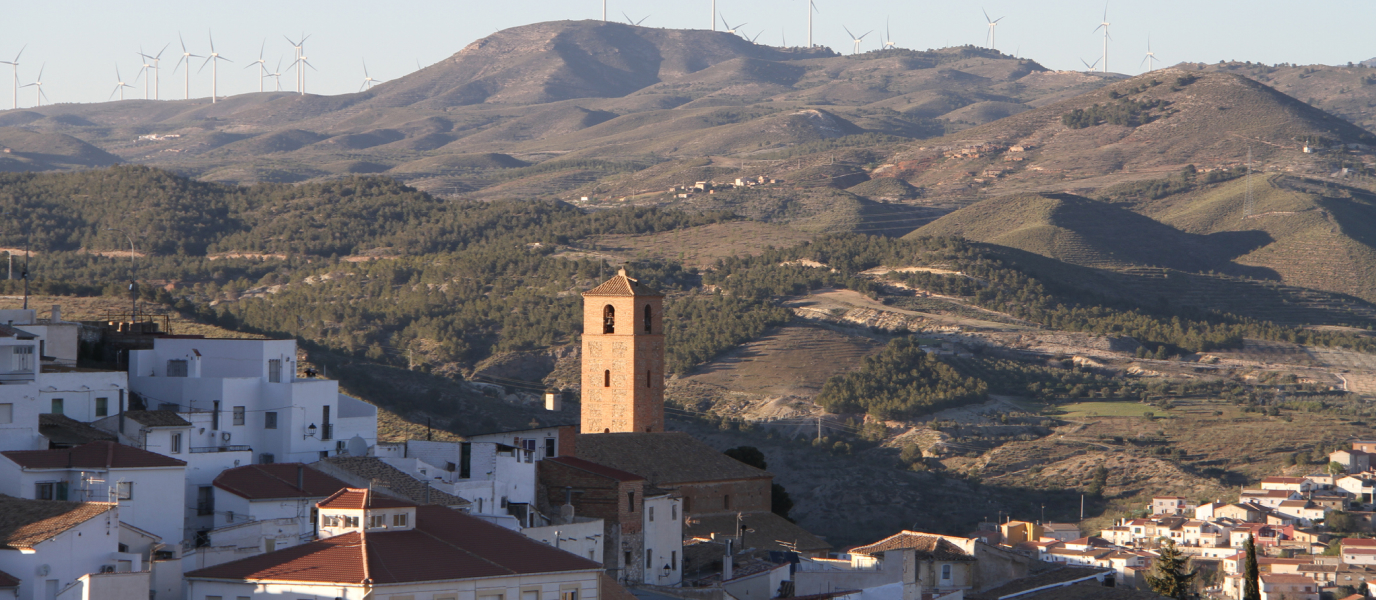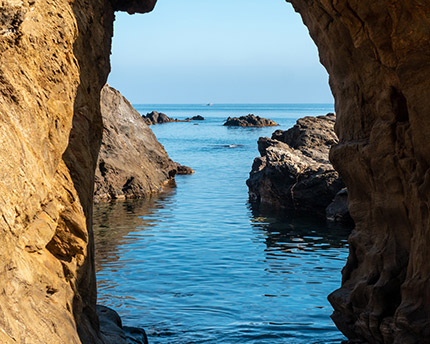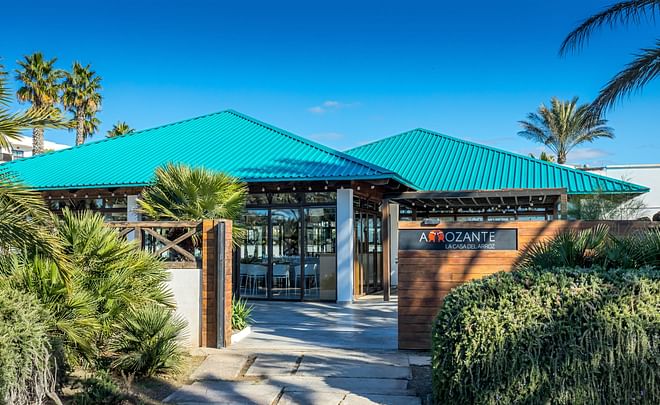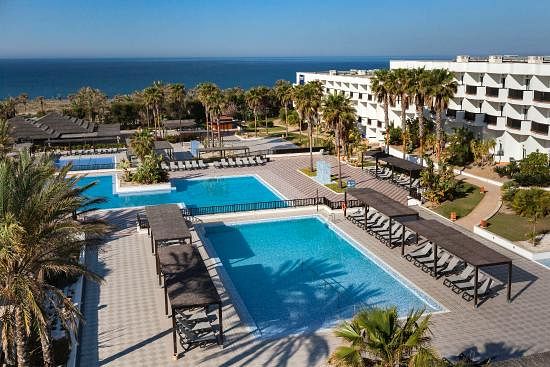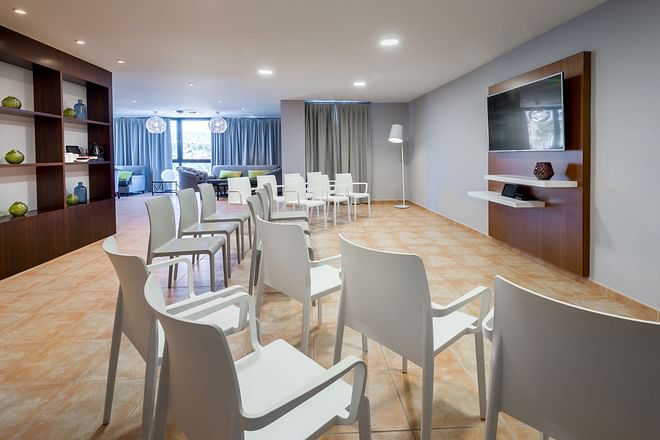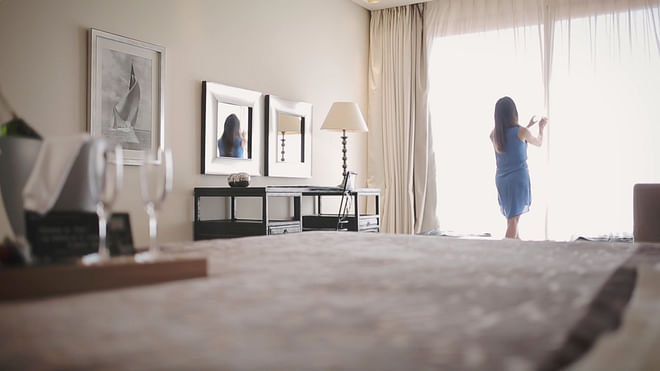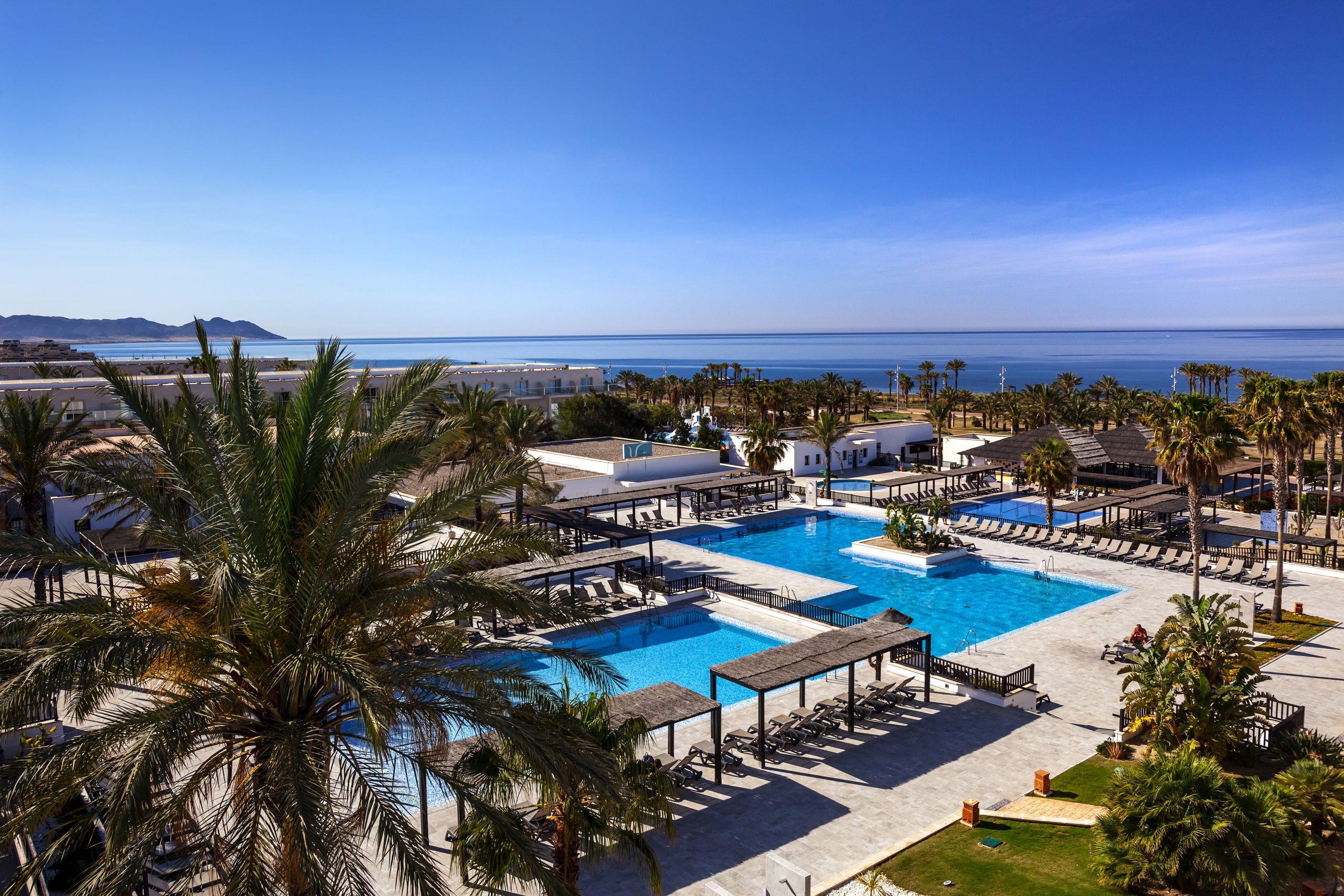The province of Almería is not just about beaches and deserts. The picturesque Almerian Alpujarra is nestled in the majestic Sierra Nevada National Park, rising in the eastern region of the province. Come discover Laujar de Andarax, the gorgeous ‘capital’ of this mountainous region where Boabdil, the last emir of Granada, settled before fleeing to Morocco.
Laujar de Andarax is like a page out of a history book. Its origins can be traced back to the Neolithic Era and Roman Empire. However, the town flourished while under Moorish rule during the 8th century when the Nasrid Kingdom declared the town the capital of the region of Andarax. Mentions of the hillside town and its fortress can be found in the poems written by the renowned 14th century poet Ibn al-Jatib.
The 1491 Treaty of Granada granted Boabdil a mountainous estate in Laujar de Andarax, in the Alpujarras. He lived there until he abandoned Spain for Morocco in 1463. His wife, Maryam, died in Laujar and was the last sultana of Granada. This is why the town is known as the last capital of the Emirate of Granada.
There were several uprisings when Christian rule swept over Laujar. The arrival of Catholic settlers and the subsequent conversion of Muslims were not welcomed. The most violent episode was the burning of Muslims inside the main mosque in 1500. The War of the Alpujarras of 1568-1571 was the last great stand between Moriscos and the Spanish army – the latter quashed their efforts and Moriscos were either killed or expelled from Spain.
Laujar managed to survive the test of time thanks to the important agricultural and industrial (mining and textile) industries it developed over the centuries. Today, rural tourism and wine make up the local economy, fuelled by the incredible surrounding natural beauty.
What to see in Laujar de Andarax
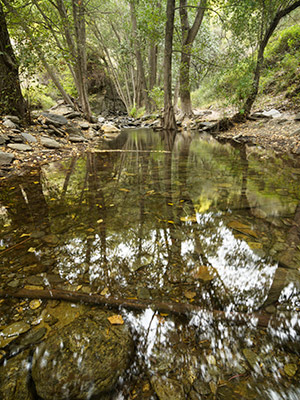
If you are driving through the provinces of Almeria and Granada , Laujar de Andarax warrants a stop. The history behind this lovely mountainous village is absolutely captivating and it is fascinating to learn about the last years of Moorish rule in Spain.
One of the first sights that will grab your attention when you arrive in Laujar is the 16 fresh-water springs, some of which date back several centuries. Water is an important element in Muslim culture and in this part of the country it abounds thanks to the nearby Sierra Nevada.
One of the oldest and prettiest springs is Pilar de la Plaza, a Baroque-style fountain which dates from 1684. It bears four sprouts, the village shield and bas-reliefs. Another pretty fountain is Pilar de San Antonio, a pink limestone construction with three sprouts.
Laujar de Andarax has many other interesting landmarks:
-
The Alcazaba
The ruins of Boabdil’s last residence and the most important fortress of the Alpujarras between the 13th and 15th century are only that – ruins. It was declared a Cultural Heritage Site in 1985 despite its dire state of conservation.
-
Iglesia de la Encarnación
This Mudejar chapel, also known as the cathedral of the Alpujarras, was built between the 16th and 17th century on the site of the mosque that was burnt down in 1500. The Cultural Heritage site houses a striking Baroque altarpiece and is oldest building in the village.
-
Ermita de Nuestra Señora de la Salud
This chapel dates back to the 17th and 18th century and stands out for its Mudejar exterior and baroque interior.
-
Convento de San Pascual Bailón
The imposing monastery was built between 1691 and 1708. It was inhabited by nuns until 1822 when it succumbed to the Spanish confiscation and was abandoned. The landmark remains in ruins though several revitalisation attempts have been made.
-
The town hall
The three-storey building has the most interesting façade made up several exterior arcades. It was built in 1792.
-
Casa palacio de los Moya
The three-storey palace was built in 1732 and bears the family shield etched into the façade. This emblematic landmark was recently converted into a museum and a public library. The splendid architecture includes a beautiful colonnade and courtyard.
-
Puente de los Moros
This three-arch, Moorish bridge is still in use today and is the only construction of its kind in the Alpujarras.
-
Mirador de Laujar
This breathtaking viewing platform boasts sweeping views of the Alpujarras. It is located just above the town, at the top of a steep road.
Where to eat in Laujar de Andarax
Good food is a fundamental part of Andalusian life and this holds true in Laujar de Andarax. Head to Patio Andaluz for a wonderful meal at this unpretentious establishment, serving up delicious traditional dishes and tapas. Grab a table in their outdoor garden – it’s the ideal spot to savour homemade food and local wine.
Another great option is Mesón La Fabriquilla. Located in a former light Factory, surrounded by lush forests, it prepares chargrilled meat, and many local delicacies such as olla de trigo (a type of wheat-, chickpea-, meat-based stew with a hint of fennel), migas (deep-fried bread crumbs, topped off with meat or vegetables) and tabernero (a ratatouille-like dish). It has a wonderful outdoor terrace and you can even hear the rush of the Andarax River.
The surrounding areas
There are many wonderful attractions within a stone’s throw of Laujar, including Sierra Nevada, the Alpujarras and Granada. If you are road tripping through southern Spain or just looking to discover a different side of sun-soaked Almeria, a stop in this lovely village is a must.
Laujar de Andarax is located in a meadow between Sierra Nevada and Sierra de Gádor. This stunning region boasts picturesque, white-washed villages, serene rural hotels; and awe-inspiring hiking trails. There are several trails that start in Laujar such as Senda de Monterrey, Senda de los Cerecillos and Senda de la Hidroeléctrica. Many of the starting points are at the source of Andarax River – a stunning natural area that has been equipped with facilities to create a fabulous recreation area.
























































